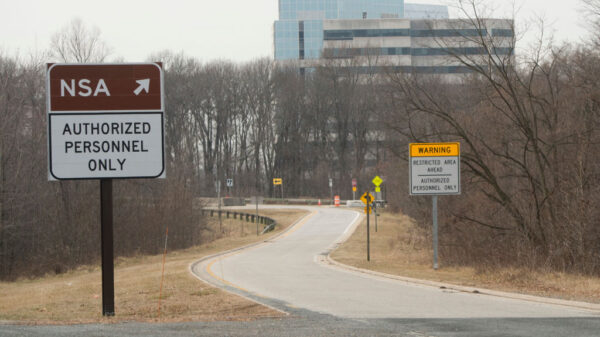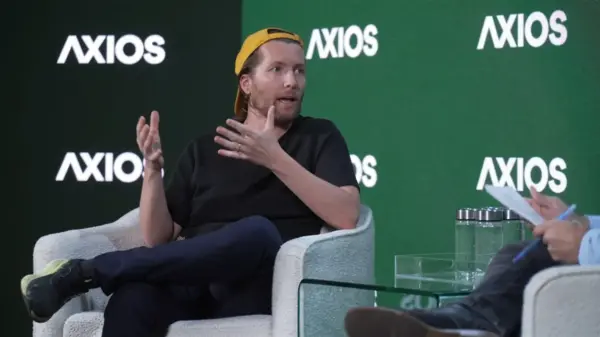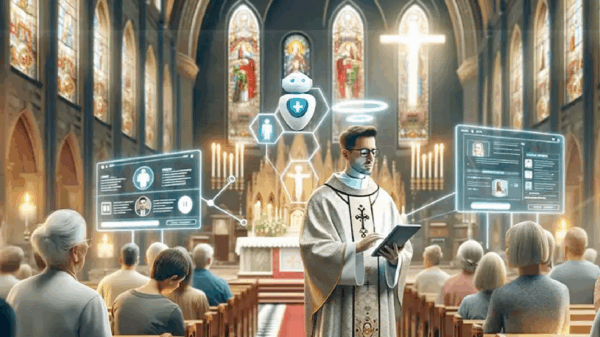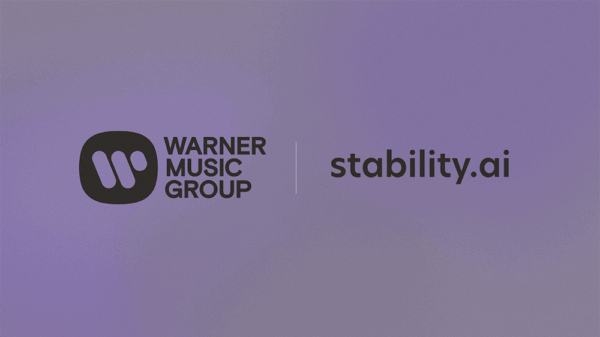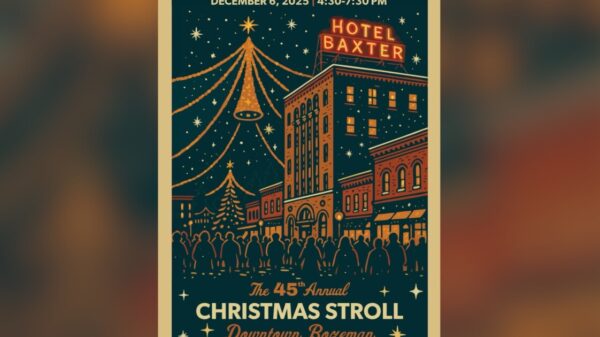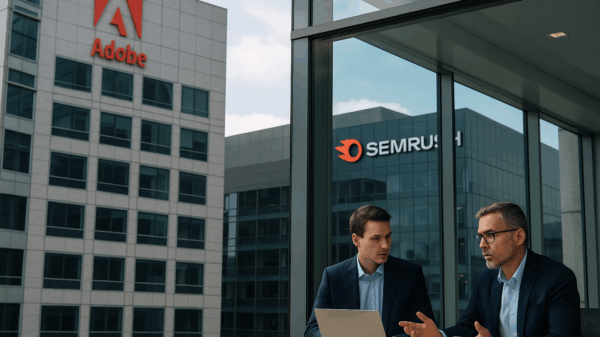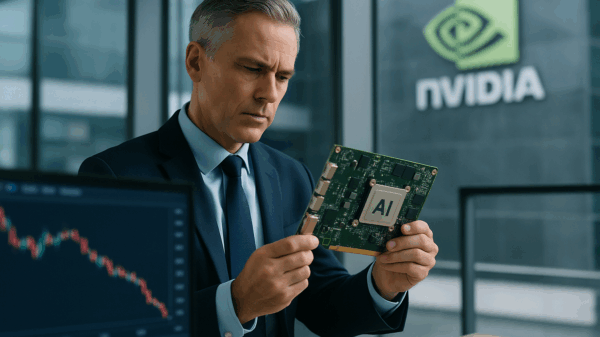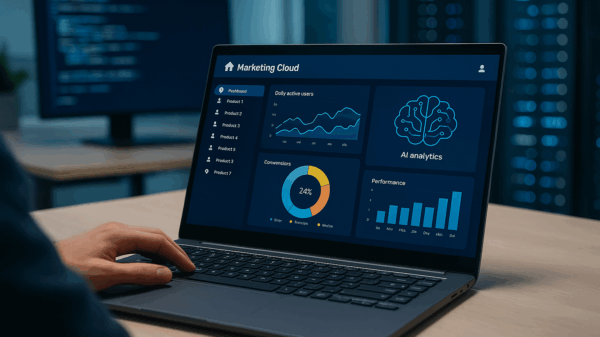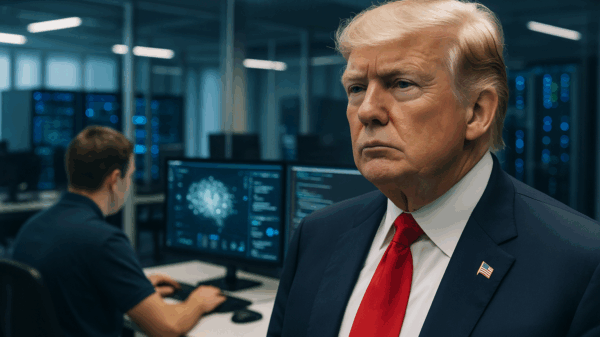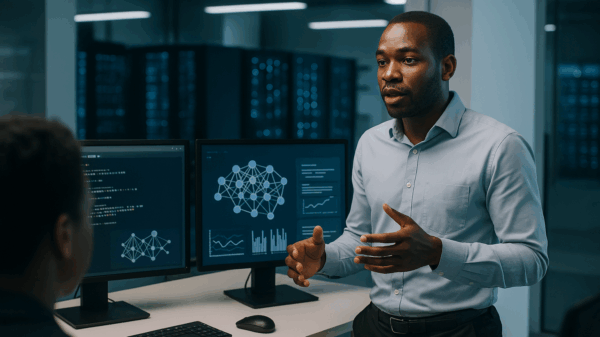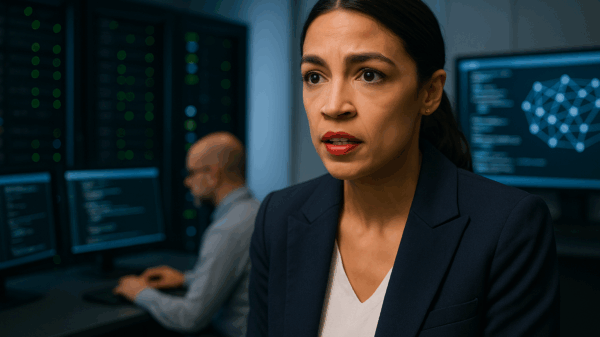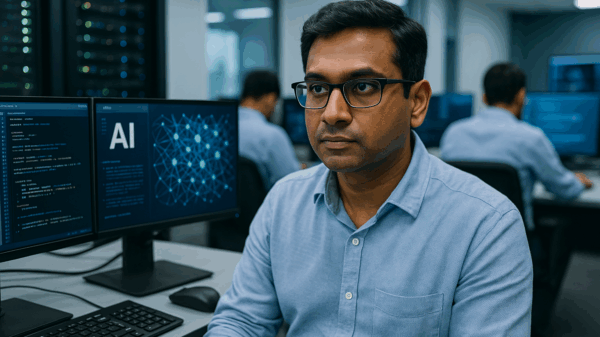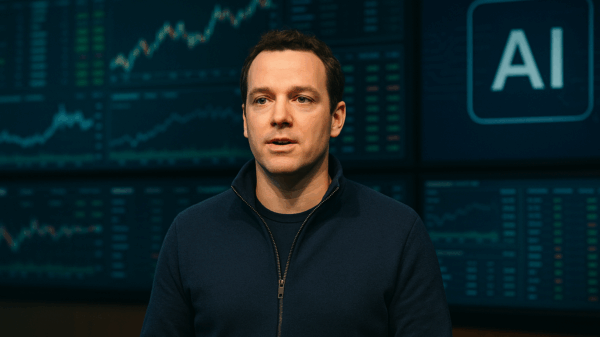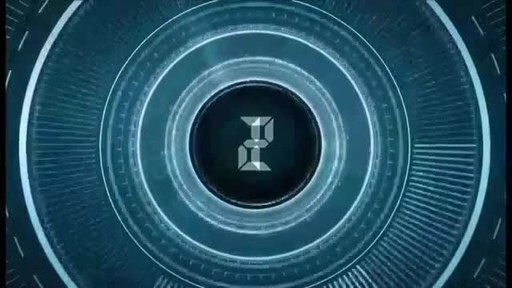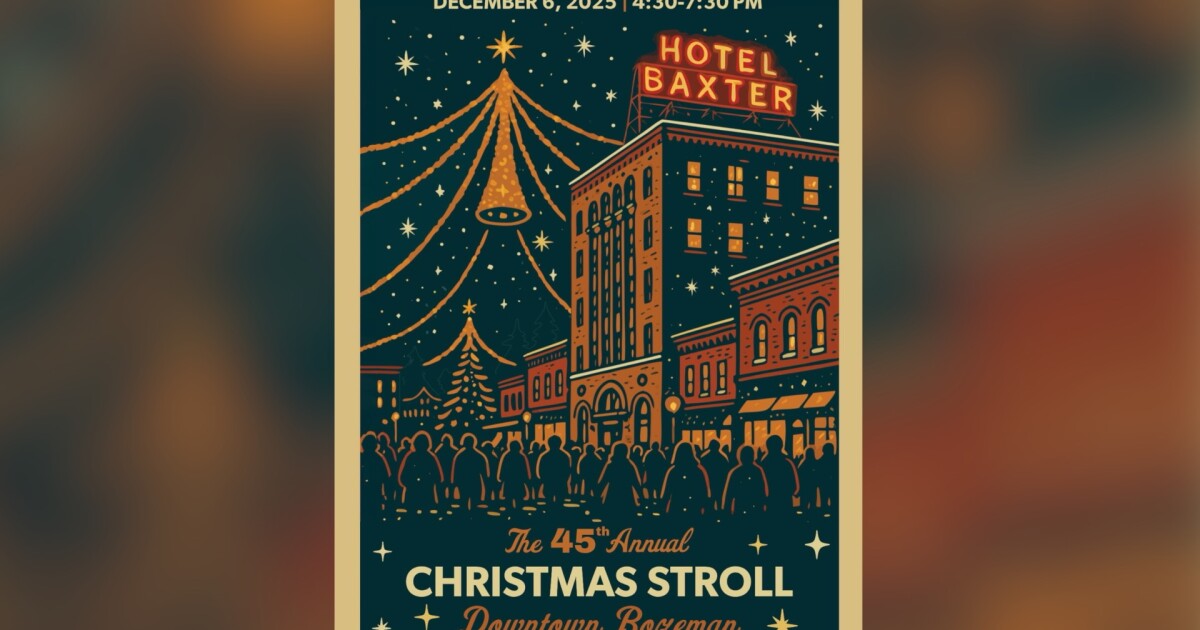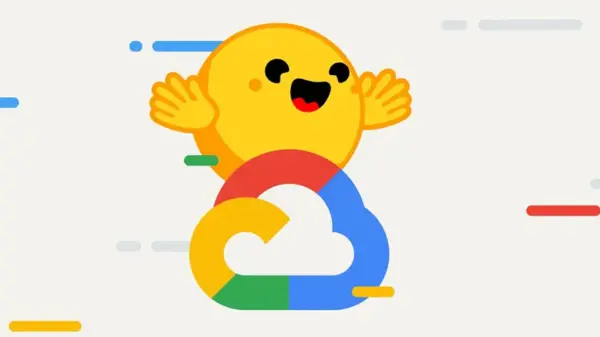The recent decision by the Downtown Bozeman Partnership Management Committee (PMC) to withdraw Ghassane Moutaoukil’s artwork as the official poster for the 45th Annual Christmas Stroll has ignited a heated debate around the authenticity of digital art. On November 19, officials stated they would instead feature a photo of the beloved Holiday Spiders, citing safety concerns for all parties involved, including the businesses supporting the community event. The Christmas Stroll, set to kick off on December 6, aims to unite the Bozeman community and support over 100 local businesses.
This controversy gained traction when Moutaoukil’s design drew widespread accusations of being generated by artificial intelligence (AI). As AI technologies become more prevalent, distinguishing between human and AI-generated content is increasingly challenging. This specific case has not only highlighted the growing skepticism surrounding digital artistry but has also raised questions about the effectiveness of current AI detection tools.
Artist’s Defense and Misunderstood Style
In response to the allegations, Moutaoukil, a Montana State University (MSU) graduate and current visual information specialist based in Washington, D.C., defended the integrity of his work. He emphasized that his artistic approach is deeply rooted in abstract illustration, which intentionally distorts and stylizes elements for emotional impact rather than realistic representation. “I would never risk my reputation or integrity by using AI for something like this,” he stated. Moutaoukil’s artistic journey began in childhood and evolved through formal education at MSU, where he focused on graphic design and photography, ultimately shaping his unique style.
Moutaoukil’s commitment to traditional artistic methods reinforces his argument against the AI-generated accusations. He stated, “Art comes from emotion, memory, and personal experience. There is a soul and intentionality behind every line I draw. AI cannot recreate that.” His dedication to handcrafted techniques also underscores his long-standing critique of AI detection systems, which he believes often misinterpret genuine artwork as machine-generated.
See alsoAccess Denied: Ensure Javascript and Cookies Enabled to Browse AI ResourcesChallenges in AI Detection
The controversy highlights significant challenges in detecting AI-generated content. To delve deeper into this issue, I consulted Matthew Revelle, a computer science professor at MSU. He has been teaching for three years and has a lifelong interest in AI technologies. Revelle pointed out the difficulty in distinguishing original content from AI-generated material, noting, “At a glance, it can be really difficult to determine whether something is real.” He explained that AI is increasingly capable of creating original content, including text, images, music, and even code.
Revelle provided insights into identifying telltale signs of AI-generated media, such as inconsistencies in physics, anomalies in shadows, and other visual discrepancies. He cautioned against relying solely on AI detection websites, as the rapid evolution of AI technology makes detection challenging. “It’s more difficult to do the detection than it is to do the generation,” he remarked.
As the digital landscape continues to evolve, Revelle advised skepticism when engaging with AI-generated material. “Just like when we read some article on the internet that makes a claim with little to no evidence, fact-checking is important.” This advice echoes the broader sentiment within the artistic community, where many professionals are advocating for clearer guidelines on the use of AI in creative fields.
Community Support and Next Steps
Despite the backlash, Moutaoukil has received support from many within the Bozeman community, including former professors and friends. He expressed gratitude for the encouragement, despite the negativity surrounding his work. In a display of goodwill, Moutaoukil donated his $200 prize from the competition to the Human Resource Development Council (HRDC), showcasing his commitment to the community.
Looking ahead, the Downtown Bozeman Association is working on establishing an AI policy for future contests, aiming to mitigate misunderstandings and foster transparency in artistic competitions. As the line between human creativity and AI-generated content continues to blur, the importance of community support and clear guidelines has never been more critical.
The unfolding story of the Christmas Stroll poster serves as a microcosm of a larger debate about authenticity, creativity, and the implications of AI in art. This situation underlines the need for critical discourse on the intersection of technology and artistic expression while reinforcing the value of human creativity in an increasingly digital world.

